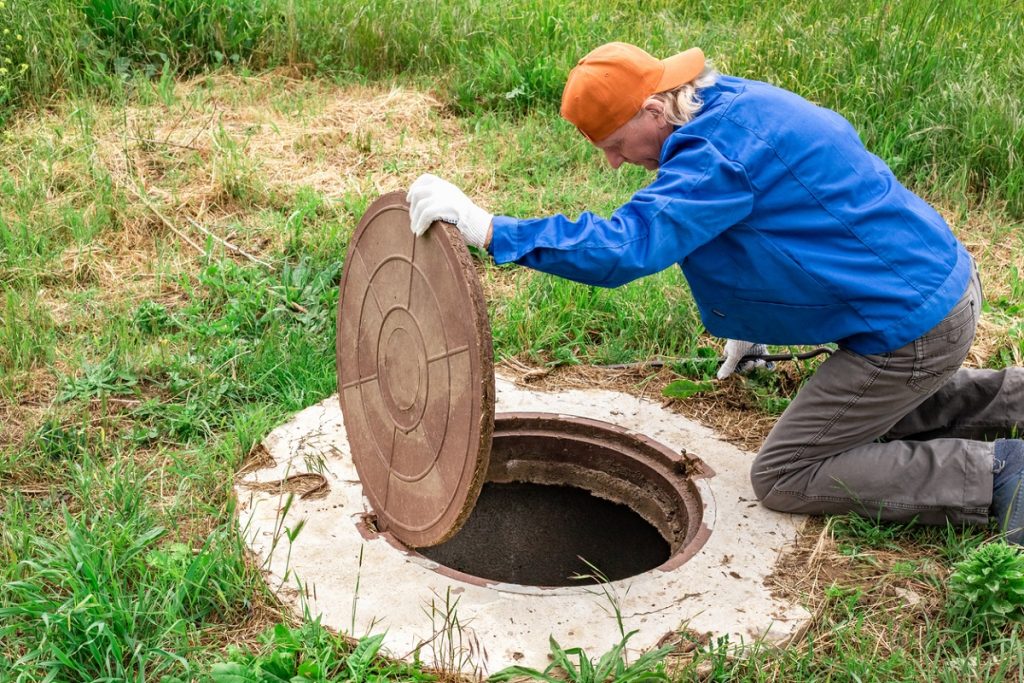Various factors can limit the life of your septic tank, but a septic tank that is properly placed and cared for can last for years. However, if your tank is steel, it may rust over time. New fiberglass tanks are crack-proof, but they may still be vulnerable under the weight of something very heavy, such as a car. A careful diagnosis of your current situation is a critical start in bringing your septic system back to health.
Repairing a Steel Septic Tank
The first step in repairing your steel septic tank is to make sure that all drain field pipes are running effectively. Once it’s draining properly, it’s time to clean the tank and find any leaks.
As noted above, steel septic tanks are vulnerable to rust over time. A septic tank that is too badly rusted will need to be replaced because it can eventually collapse. However, if the rusty areas are limited and can be located, it’s possible that the tank can be repaired.
It’s important to note that steel septic tanks have a life span of 20 to 25 years. If you’re having trouble with your septic system because lines to the drain field are frequently full of sludge, it could be that your corroding steel tank is part of the sludge problem. A collapsed septic tank can be extremely hazardous and should be replaced immediately.
Repairing a Fiberglass Septic Tank
Fiberglass can be repaired with an epoxy patch. Once the tank has been emptied, locating the leak is crucial. Rust on steel will spread over time in a damp area, but fiberglass cracks will likely be limited to areas of stress.
A quality fiberglass septic tank, properly cared for, can last more than 30 years. It’s critical that you site your septic tank in a spot where it will not be exposed to extreme weight, such as a car or heavy equipment. Nor do you want it placed in a spot where it will be exposed to a high water table, because these tanks can actually float. Finally, you want to ensure that it is not damaged during installation. Work with a skilled septic professional who can install the tank correctly and check it for leaks or missing drain plugs once it’s in the soil.
Tree roots will not penetrate a fiberglass tank as they will a concrete tank or even a clay sewer pipe. However, fiberglass can be penetrated by sharp rocks over time. Getting on a regular septic pumping and inspection schedule is key. You can monitor your tank by checking for odors, overfertilized grass, or standing water nearby.
If you’re in need of a septic tank repair at your Houston, TX home, call us at Brown Aerobic for a full diagnosis and a remedy or replacement plan.

